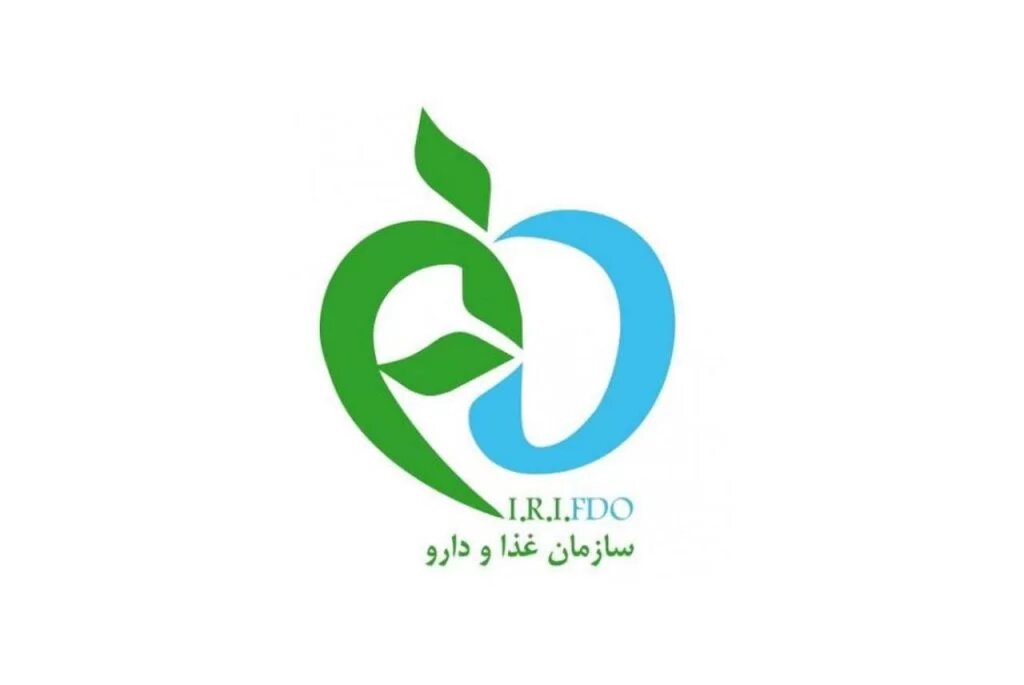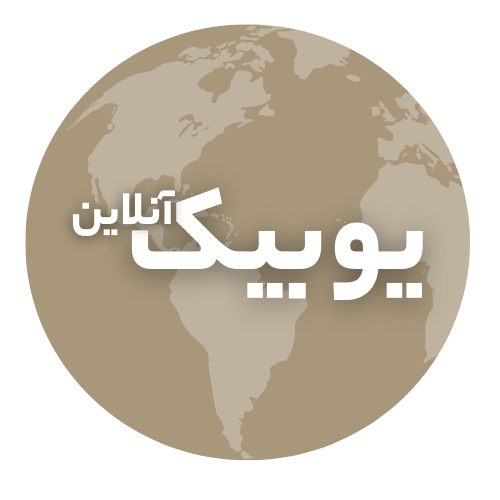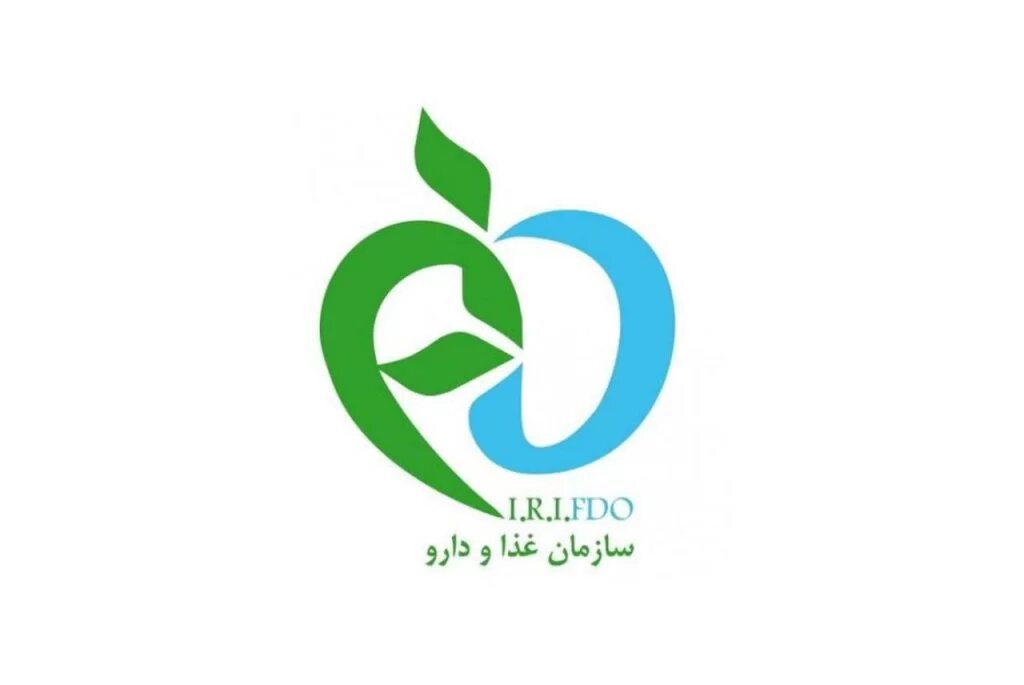
These marginalizations take place in a situation where the country is facing a drug shortage crisis. Crises that result from production problems, supply of raw materials, and economic pressures directly deprive patients of access to vital drugs. The responsibility of the Food and Drug Organization in such a situation is to create order and make critical decisions to solve these problems. But instead of focusing on these priorities, some people and groups are trying to prevent the implementation of reforms by destroying the character and ability of the new officials of the Ministry of Health by making excuses and raising issues such as “conflict of interest”.
Mohsen Jalvati, former deputy member of the board of directors, deputy official and head of 7 specialized working groups in Transparency and Justice Watch Organization, is one of the critics who in certain media made statements based on the fact that 52 people became blind due to the use of Austin drug in 2013. It turns out that the selection of Mehdi Pirsalehi was an inappropriate choice for the Food and Drug Organization and the ultimate realization of the conflict of interests lies in this selection of the Minister of Health and Medicine.
The interesting point is that Jalawati, who recently and one day after the appointment of the new head of customs, was dismissed from the vice president of human resources development of this department, and many of his like-minded people who question the performance of the new head under the pretext of fighting against the conflict of interest. They are exposed to serious questions about their financial transparency and performance. Despite their ambitious claims of transparency and anti-corruption, these institutions and groups have yet to provide any clear information on their budgets, sources of input, and how they spend their money. This issue causes their real motivation to create these margins to be questioned.
In the current situation, comprehensive cooperation between officials, institutions and media is necessary to solve the drug crisis in the country. Focusing on the margins and destroying characters not only does not help to solve problems, but is a serious obstacle to progress and improvement of the situation. People who claim to fight conflicts of interest are expected to first disclose their performance and transparency to the public to avoid any misunderstandings about their motives.
Transparency and Justice Watch is generally established as a non-governmental organization (NGO) focused on issues of transparency, social justice, and anti-corruption. This organization especially focuses on exposing corruption in the public and private sectors, as well as investigating social and economic issues in Iran. The purpose of this institution is to increase public awareness of corruption and violation of the principles of transparency in various institutions, including the government and economic sectors.
Although Transparency and Justice Observatory has disclosed some corruption cases in the field of banks and financial institutions, ministries and government institutions, in the economic and industrial fields as well as political cases and government embezzlements, but the selection of some cases and careless Some corruption cases with large figures with countless zeroes in some industries cannot be ignored.
Despite the monitoring of this institution, one of the basic points in evaluating the transparency of organizations, especially NGOs and non-governmental organizations, is reporting on their financial resources and income. Transparent organizations should publish regular and detailed reports on how they get their financial resources and spend these resources.
But in the case of Transparency and Justice Observatory, detailed information about the financial resources of this organization is not available to the public. This organization has publicly announced that it is funded by private financial sources, public donations and other donations. However, detailed and comprehensive reports on financial statements or complete information on how to provide financial resources are not available, and this issue may be less published due to the political and security sensitivities in Iran.
Other important questions in evaluating the performance of organizations such as Transparency and Justice Watch are whether the organization selectively chooses and discloses cases based on specific considerations. This question can be related to various aspects, including political affiliations and interactions or special relationships with some institutions.
It seems that some of the cases exposed by Transparency and Justice Watch are somehow influenced by the political and social issues of the country. For example, some cases may specifically address corruption in parts of the government or government-related institutions that are more sensitive.
Monitor the transparency and sweet discussion of the pharmaceutical industry
Iran’s pharmaceutical industry has always been one of the sensitive and vulnerable sectors in terms of corruption, due to its dependence on importing foreign drugs, government subsidies for providing essential drugs, and also the high level of drug consumption in the country. Some of the most important challenges and corruption related to the pharmaceutical industry include the following:
- Defects in drug supply: problems in supplying essential drugs and lack of some drugs due to corruption in distribution and pricing.
- Abuse of government currency to import drugs: Many pharmaceutical companies use government currency to import drugs and sell them at higher prices in the open market.
- Corruption in the process of registering and distributing drugs: Some companies and individuals use illegal methods to speed up or change the process of registering new drugs as well as providing financial resources.
- Unfair allocation of subsidies: In some cases, the allocation of subsidies to some pharmaceutical companies or certain individuals has caused financial corruption and profiteering. In the last 5 years, the case of 92 million euros of violations of a large pharmaceutical company was followed in the judiciary, but the final verdicts have not yet been issued. . This ambiguous case was revealed specifically through the management of the Food and Drug Organization in 2017, and by the way, in this case, which is considered one of the biggest currency violations in the pharmaceutical industry, the transparency watchdog adopted a policy of silence, and this itself replaced the question. This is why this institution has been selective in exposing and fighting corruption cases.
Custom selection of drug files
As mentioned, one of the major criticisms of Transparency and Justice Observatory, especially in the field of the pharmaceutical industry, is why this organization acted selectively in selecting cases. This selection may be based on several factors:
- Political and economic pressures: In some cases, Transparency and Justice Watch may prefer to address certain cases in the pharmaceutical industry that are particularly significant at the public and media level.
- Emphasis on certain groups and companies: Transparency and Justice Watch may only focus on corruption in certain companies or individuals that have a greater influence on public opinion. For example, big pharmaceutical companies or people who have more influence.
- The media nature of some cases: some cases are given more attention due to extensive media coverage or special attention of public opinion, and this can lead to more focus on them.
This selectivity in the selection of cases can be criticized from several aspects, as corruption in some other less well-known companies or sectors may be overlooked.
Challenges and criticisms made to the watch of transparency and justice in pharmaceutical cases
Transparency and Justice Observatory, despite the efforts it has made in the field of exposing corruption in the pharmaceutical industry, is facing many challenges and criticisms, which can be mentioned as information limitations and access to documents, political and economic effects, and limitations and challenges. More importantly, he mentioned the lack of transparency in providing his financial resources.
The lack of transparency in the financial resources and income of an organization or institution, especially organizations that operate in sensitive and public areas such as transparency, justice, and fighting corruption, can have negative and serious effects on their performance. This lack of transparency not only damages the reputation of the organization, but may expose it to various abuses and internal and external threats. In the following, the effects of this issue and related risks will be examined:
1. Decrease in credibility and public trust
One of the most important effects of the lack of transparency in financial resources is the reduction of public trust in the organization. Organizations that are committed to transparency and fairness must provide accurate and transparent financial information to maintain their credibility. If an organization is not transparent in this regard, it can cast doubt on the authenticity of its activities and the goals it pursues. Especially in institutions that work in the field of corruption disclosure and transparency monitoring, the lack of transparency in financial resources can indicate a conflict of interests or behind-the-scenes goals.
2. Increasing the possibility of internal corruption
Without transparency in revenues and financial resources, the possibility of financial abuses within the organization is very high. Officials and employees of the organization may abuse the lack of monitoring and accurate reporting in the use of financial resources. This can take many forms including:
- embezzlement and misappropriation of financial resources
- Unfair allocation of financial resources
- Non-transparent contracts for the benefit of certain people take place.
When an organization does not report on its income and expenses, there is no public oversight of how financial resources are spent, and this can easily spread corruption within the organization’s structure.
3. Dependence on specific financial sources and conflict of interest
One of the other consequences of lack of financial transparency is creating dependence on certain financial sources. If an organization is financed from non-transparent financial sources or dependent on a specific source (for example, government grants, commercial assistance from specific institutions, or conditional external support), this may affect the independence of the organization and negatively affect its goals. Dependence on certain sources may cause the organization to refrain from investigating or disclosing corruption related to these sources.
In such situations, organizations may refuse to disclose certain files or necessary financial reforms due to financial or political pressures. This conflict of interest can have a negative effect on the function and main goals of the organization.
4. Lack of accountability
Without financial transparency, the organization cannot be effectively and transparently accountable to regulatory bodies, its members, and even the general public. The lack of monitoring of financial resources means that no one can accurately track where the resources come from and how they are spent. As a result, the organization cannot attract and strengthen public trust through financial reports and transparency.
Lack of accountability in the financial field can expose this organization to criticism and questions.
Secrecy of finances and contracts in organizations is one of the important causes of lack of transparency and this issue will cause the spread of corruption. What if a self-created circle, in collusion with the centers close to the structures in power and with the tactic of file-making, is able to make strange turns in bank account reserves, stocks and economic rents for the benefit of certain individuals and groups.
Basically, at what stage and at what levels should we seek transparency and monitor all matters so that justice is not violated.
For many years, every interested person, specialist and entrepreneur in the country has complained and worried about the phenomenon of rent, and by the way, the basis of these concerns is laid in the support policies, especially in the sectors for which the government administration and the public sector make decisions and policies. And as long as the door turns on this heel, transparency and prevention of injustice are demands and slogans that the community of economic activists cannot count on.
The question is, where and at what stage and at what stage do the institutions called the watchdog and observer follow a path and then summarize and present the documentation of their opinions? And their shares in many companies are also transparent?
How do they have free access to the economic information of all institutions and companies and economic operations, but it is not possible to clearly monitor and track the economic information of the members and experts of this forum.
The lack of transparency in the financial resources and income of an organization can lead to serious damage to the credibility, function and even independence of that organization. From internal corruption and conflict of interest to the influence of non-independent institutions and legal threats, the lack of financial transparency can lead to many risks. Therefore, for organizations that work in sensitive and social areas such as transparency, justice and anti-corruption, having financial transparency is not only a moral and legal necessity, but also vital to maintain public trust and their proper functioning.
منبع: www.khabaronline.ir




